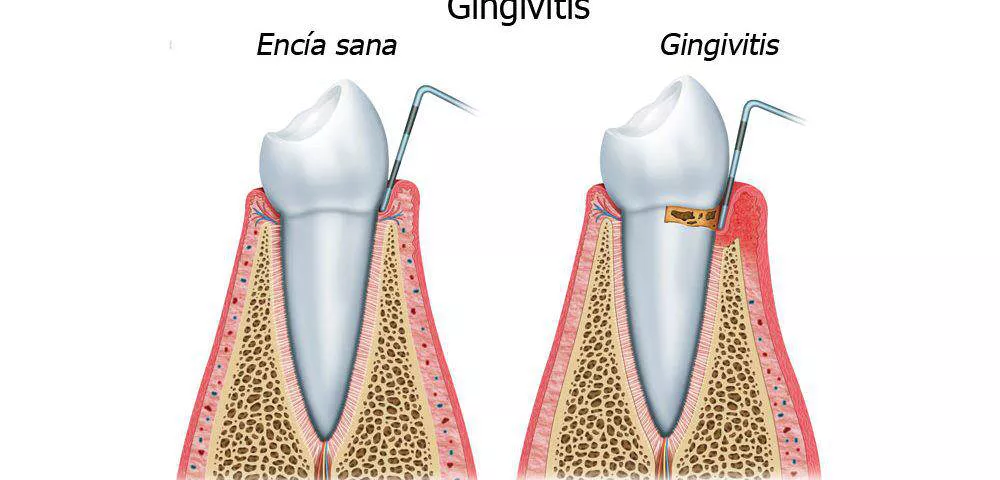Periodontal disease, commonly known as gum disease, is a prevalent oral health condition that affects the tissues surrounding and supporting the teeth. It can lead to serious complications if left untreated, including tooth loss and systemic health issues. Understanding the different types of periodontal disease is crucial for maintaining optimal oral health. In this article, we’ll delve into the two main types of periodontal disease: gingivitis and periodontitis.
What Are The Two Main Types of Periodontal Disease
1. Gingivitis: The Early Stage of Gum Disease
Gingivitis is the mildest form of periodontal disease and typically occurs due to poor oral hygiene. When plaque, a sticky film containing bacteria, builds up on teeth, it can irritate the gums, leading to inflammation and redness. Common symptoms of gingivitis include:
Gum Redness and Swelling: The gums may appear red, swollen, and tender.
Bleeding Gums: Gums may bleed during brushing or flossing, indicating inflammation.
Bad Breath: Persistent bad breath, also known as halitosis, can be a sign of gingivitis.
Receding Gums: In some cases, gums may start to recede, exposing more of the tooth’s root.
The good news is that gingivitis is reversible with proper oral care. This includes:
Regular Brushing and Flossing: Brush your teeth at least twice a day and floss once daily to remove plaque.
Professional Cleanings: Visit your dentist regularly for professional cleanings to remove tartar buildup.
Healthy Lifestyle: Maintain a balanced diet, avoid tobacco products, and manage stress for overall well-being.
By addressing gingivitis early, you can prevent it from progressing to a more severe form of periodontal disease.
SEE ALSO: What Toothpaste Should I Use For Periodontal Disease
2. Periodontitis: Advanced Gum Disease
If gingivitis is left untreated, it can progress to periodontitis, a more serious and irreversible form of gum disease.
Periodontitis involves the inflammation and infection of the gums, leading to damage to the surrounding bone and tissues supporting the teeth. There are several types of periodontitis, including:
Chronic Periodontitis: This is the most common form of periodontitis and progresses slowly over time. It results in pockets forming between the teeth and gums, leading to bone loss and tooth mobility.
Aggressive Periodontitis: This form of periodontitis is characterized by rapid progression and severe bone loss. It often affects young individuals and may result in tooth loss if not treated promptly.
Periodontitis as a Manifestation of Systemic Diseases: Some systemic conditions, such as diabetes or immune disorders, can contribute to periodontitis as a secondary complication.
Symptoms of periodontitis include:
Deep Gum Pockets: Pockets deeper than 4mm between teeth and gums indicate significant bone loss.
Gum Recession: Gums may recede, exposing more of the tooth and creating a longer appearance.
Tooth Mobility: Teeth may feel loose or shift position due to weakened support.
Pus Formation: Infection may lead to the formation of pus between teeth and gums.
Changes in Bite: Misalignment or changes in how teeth fit together when biting.
riodontitis often involves more intensive interventions, such as:
Scaling and Root Planing: Deep cleaning to remove plaque and tartar from below the gumline.
Antibiotics: Medications to control bacterial infection and inflammation.
Surgical Procedures: In advanced cases, surgery may be needed to repair damaged tissues or regenerate lost bone.
Regular follow-ups with your dentist are crucial for monitoring and managing periodontitis effectively.
Conclusion
In summary, gingivitis and periodontitis are the two main types of periodontal disease, with gingivitis representing the early stage and periodontitis indicating advanced gum disease. Maintaining good oral hygiene practices, seeking regular dental care, and addressing any signs of gum disease promptly are essential steps in preventing and managing periodontal disease. By understanding these two types of gum disease and their respective treatments, individuals can take proactive measures to safeguard their oral health and overall well-being.
FAQs
What are the most common periodontal diseases?
The most common periodontal diseases include gingivitis and periodontitis. Gingivitis is the inflammation of the gums, while periodontitis is a more severe form of gum disease that affects the tissues and bones supporting the teeth.
The two main causes of periodontal disease are poor oral hygiene, leading to plaque and tartar buildup, and factors such as smoking, genetic predisposition, hormonal changes, and certain medical conditions that can contribute to gum disease.
What is Stage 2 periodontal disease known as?
Stage 2 periodontal disease is known as moderate periodontitis. It involves a progression of the inflammation and damage to the gums and supporting structures around the teeth, leading to pockets forming between the teeth and gums.
What is a Grade 2 periodontal disease?
Grade 2 periodontal disease typically refers to moderate gum disease. It indicates a level of severity in terms of the extent of gum inflammation, attachment loss, and bone loss around the teeth. Treatment and management may vary based on the grade and stage of periodontal disease.

